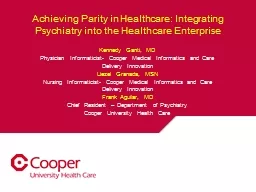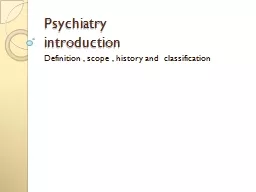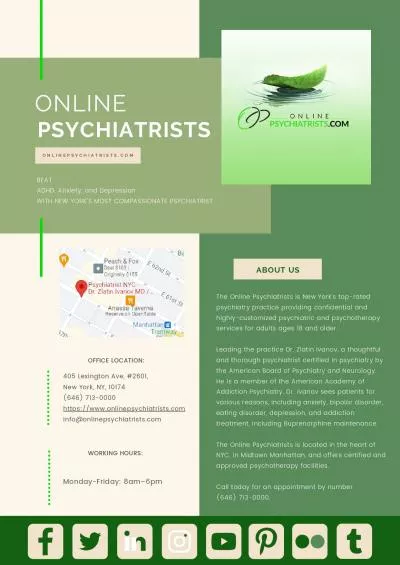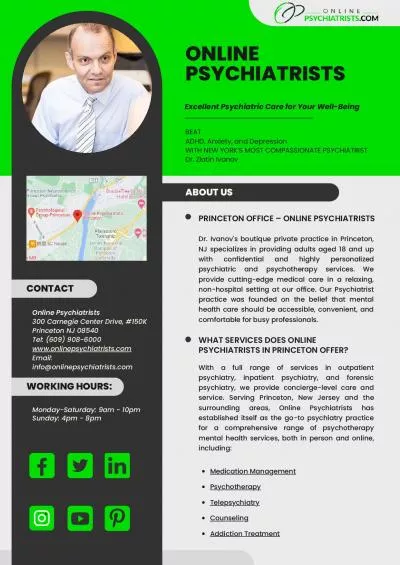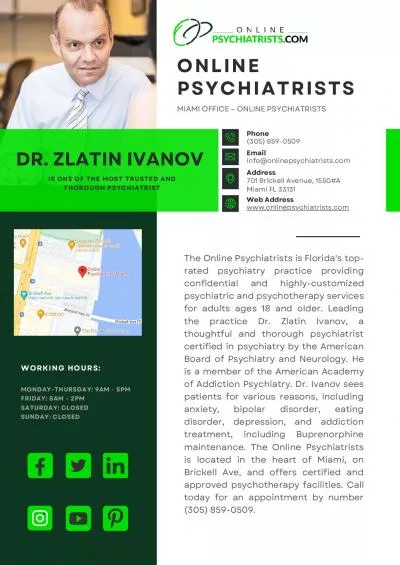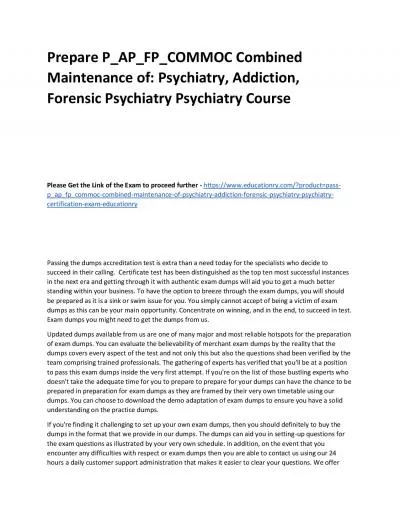PPT-Achieving Parity in Healthcare: Integrating Psychiatry into the Healthcare Enterprise
Author : maxasp | Published Date : 2020-06-17
Kennedy Ganti MD Physician Informaticist Cooper Medical Informatics and Care Delivery Innovation Liezel Granada MSN Nursing Informaticist Cooper Medical Informatics
Presentation Embed Code
Download Presentation
Download Presentation The PPT/PDF document "Achieving Parity in Healthcare: Integrat..." is the property of its rightful owner. Permission is granted to download and print the materials on this website for personal, non-commercial use only, and to display it on your personal computer provided you do not modify the materials and that you retain all copyright notices contained in the materials. By downloading content from our website, you accept the terms of this agreement.
Achieving Parity in Healthcare: Integrating Psychiatry into the Healthcare Enterprise: Transcript
Download Rules Of Document
"Achieving Parity in Healthcare: Integrating Psychiatry into the Healthcare Enterprise"The content belongs to its owner. You may download and print it for personal use, without modification, and keep all copyright notices. By downloading, you agree to these terms.
Related Documents

